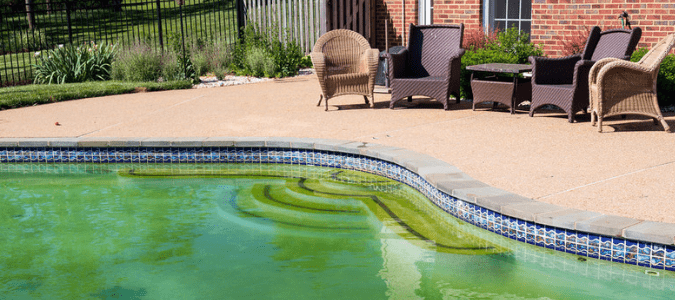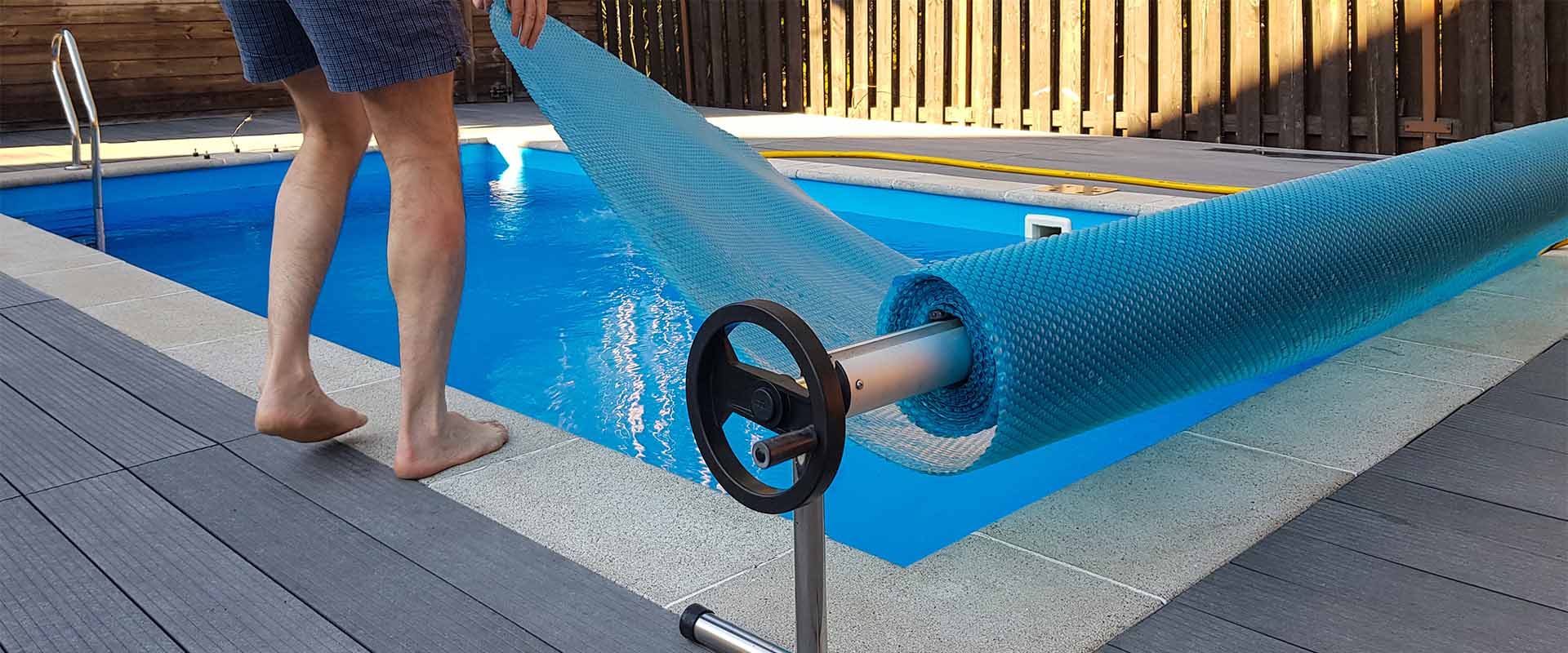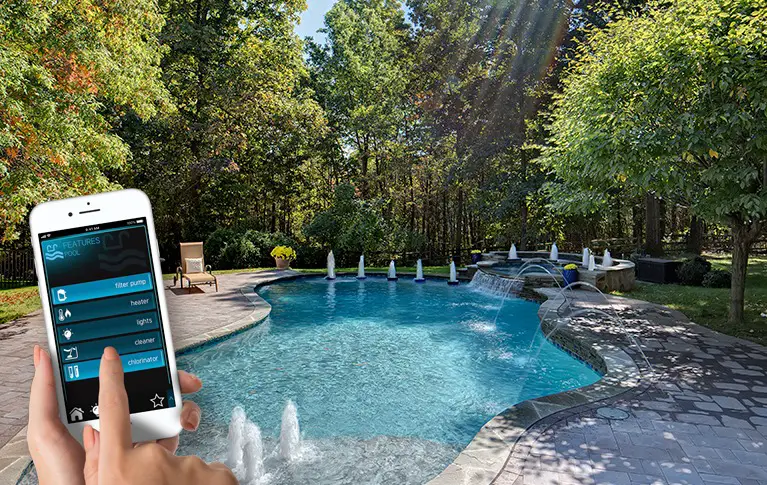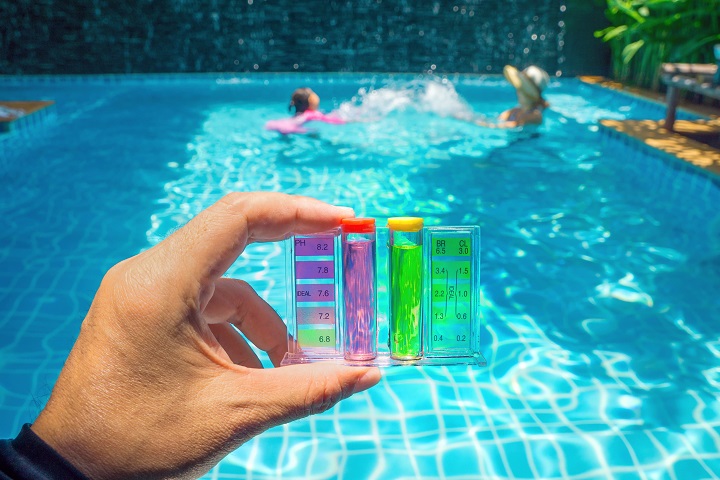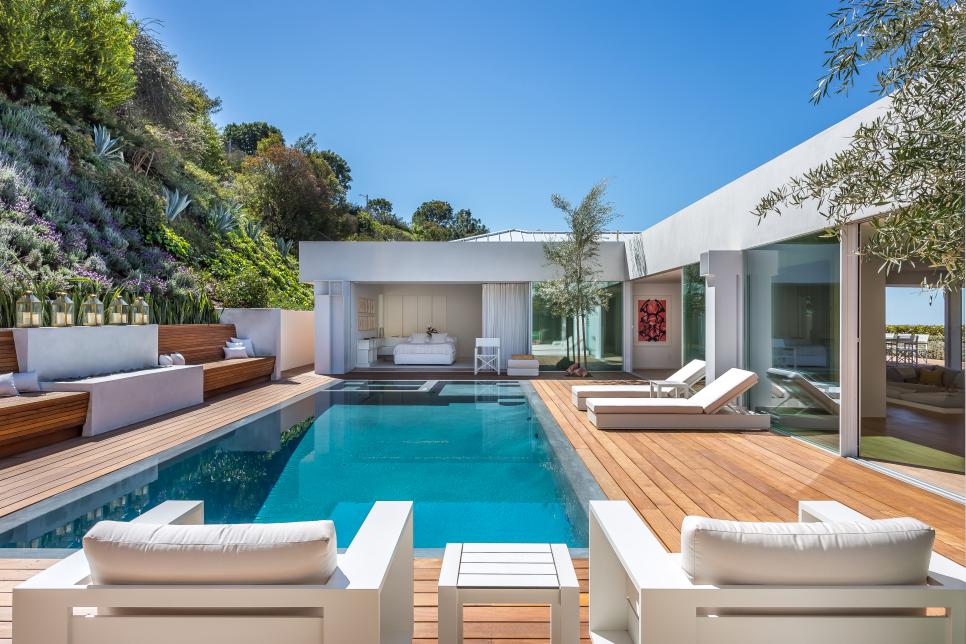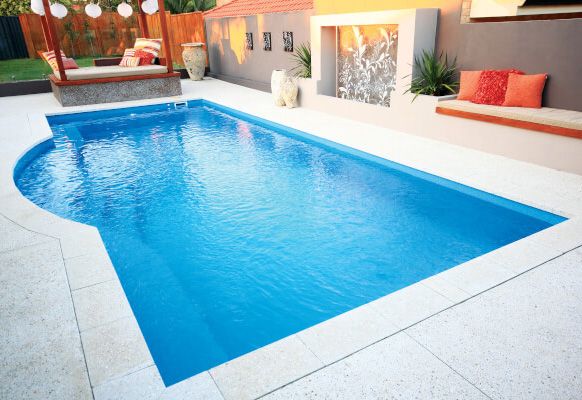A pool with green water not only looks bad but is dangerous too. Your blue pool can become green due to the growth of algae. This is a common occurrence and if you do not maintain your pool well, it can turn green. Algae can grow faster in the summer and you can be surprised to see how fast your blue pool becomes green. A pool with algae exposes you to the risk of a skin infection. This is why you need to take quick action to turn your green pool back to blue. The article tells you how you can do this.
Why does the pool turn green?
The principal reason for a pool turning green is the presence of algae. Algae can grow very fast. If you do not maintain your pool, then it is in an invitation for algae. If you regularly use chlorine in the pool, it keeps algae under check. Improper maintenance of the pool allows algae to grow fast. The algae stick to the surface of the matter, making it appear cloudy green.
One more reason for pools to turn green is the presence of copper ions. If you have copper used in the parts of your pool filtration system, then there is the risk of copper ions getting into your pool. This can happen if the pool water is imbalanced and corrosive. The copper can get corroded and flecks can fall into the pool. This is green in color due to corrosion. The green from the copper ions can stain the pool, turning it green.
Getting the pool water back on track
No one likes to enter a pool that is green. It is important to fix this issue immediately to prevent it from worsening. You need to turn your green pool back to blue again so you can start using it comfortably. The first thing to know is the reason for your pool turning green. If it is because of algae, then it required a different approach to fix. If it is because of copper ions, then you need a different solution.
Algae in the pool – what to do?
If your pool water has turned green due to algae, then are different ways of fixing it. This includes:
- Vacuum the pool: You will need to first clean the algae and all the debris in the pool. The best way to do this is by vacuuming the pool. Make sure the vacuum filter valve is set to waste. Then vacuum to try to remove as much of the algae as you can. You also need to remove the sediment settled at the bottom of the pool.
- Shock the pool: Pool shock is a process that makes use of concentrated chlorine. A pool shock cleaner is available in the market. It usually contains chlorine at more than 70% level. Add this to the pool water to shock clean it. This will kill off all the algae in your pool. It helps to completely sanitize the pool. You need to do this twice or even thrice if you have a larger algae infestation.
- Brush the floors and walls: The algae can stick to the floor and walls of your pool. To eliminate them completely, you need to brush both the walls and the floor of your pool. Preferably use algae brush for it for the best results.
- Run the filter: Once you are done with shocking the pool, you need to get rid of the chlorine. For this, turn on the pool filter and keep it running until the chlorine is removed. You can use a product known as a pool clarifier to do this faster.
- Test and rebalance: Test the water once you are done. This ensures the water pH and alkalinity is balanced.
- Use an algaecide: An algaecide is a chemical that kills algae in your pool. It is usually not necessary to use an algaecide in most cases. If the water in your pool is heavily infested with algae, only then consider using an algaecide; else try out the other measures listed.
Prevent algae infestation
The best way to clear a green pool is to prevent it in the first place. Some simple measures can help you prevent algae infestations.
- Proper maintenance of the pool is the key to preventing algae infestation. Ensure that you carry out pool maintenance as prescribed without fail.
- Chlorine in your pool is sufficient to prevent algae. You need to ensure the chlorine levels are between 3.75 to 4 ppm.
- Brush the pool regularly to prevent algae from sticking to the sides and floor.
- Ensure pool circulation is in good condition so the disinfected water circulates throughout the pool.
Removing copper ions
If your pool water has become green due to copper ions, then fixing it is quite easy. You will get a copper removing product in the market (eg: Metal Out). This product will help remove minerals from your pool. Use this product to get rid of the copper ions. It is very important that you do not increase chlorine levels to get rid of copper.
This can cause staining on the pool surface that can be a big problem. This is why you need to first understand the cause of water turning green before fixing it. Proper balancing of the pool water can help prevent corrosion of copper. This again calls for good maintenance of the pool, so your water remains blue and does not turn green for whatever reason.
Don’t worry if your pool water has turned green. There are different ways to bring it back on track. All the measures listed in this article can be easily done by you at home. If you want professional help, you can always contact a pool company or consultant who can help you fix your home. Maintaining your pool well can help avoid such problems and keep your pool looking good. Our Experts At Plunge Pools Perth are here to help or answer any questions you may have!
